by: Afifi Johari
Well, ‘oceanography’ is a cool word to be heard. For people who is unfamiliar with oceanography will just compare it with ‘National Geography’ that they heard and watched on TV. Not only that, people also poured us with questions wanted to know what the jobs scope is by the oceanographer. It is not a surprise when they relate us oceanographer with this significant terms such as ‘ship’, ‘fishing’, and ‘boat’. Here’s a thing, people always see oceanographer as a fun job as they get to swim, do snorkelling and even diving. What an amazing experience and life to live in, right? Holiday? Yeah we get that one too. Sometimes people see us like enjoying our ‘so called holiday’ but what they don’t know is the secret behind all the ‘fun’. The 1001 secrets of oceanography world.
Honestly, I had no idea what I was going to learn during my degree life but one thing for sure, I was lucky as all the lecturers and academic staffs in UMT are so committed, passionate and skilful in applying attractive way of teaching. Hats off to all the lecturers that have succeed to open my eyes to discover more about the ocean. This article will share about ‘the ocean of discoveries’ and a little bit about the task done by us the oceanographer during conducting study on a research vessel.
To whoever that just start their career in physical oceanography, RV Discovery is a total new experience or in other word ‘New World’ for them, well this sounds valid, told by someone who went cruising and expedition for few times with RV. The reason why I said this is because you can always expect the unexpected when cruising with RV Discovery. Some facts about RV Discovery:
- RV stands for Research Vessel term, which means, a water transport vessel with a function to carry out research works in the oceans. Discovery is also derived from the UMT slogan “Ocean of Discoveries, for Global Sustainability.”
- Started in September 2008 by a local shipping company, Kay Marine Sdn. Bhd. in the dump of Bukit Tumbuh, Kuala Terengganu.
- Able to accommodate a total of 12 crew and 23 trainers at one time.
- 35 meters long and 300 tonnes capable of sailing 4,000 nautical miles without refueling, capable of reaching 12.6 – 13.6 knots.
- Worth RM15 million including equipment for scientific research equipment.
Has scientific facilities such as electronic maps, travel aids, water depth gauges, heat detectors and water temperatures, a headset capable of functioning as far as 30,000 meters on the seabed, loads that are capable of lifting and lowering weights of five tons, pyrogen fire extinguishers , salt water treatment facilities for drinking, dry and wet laboratories and data processing rooms
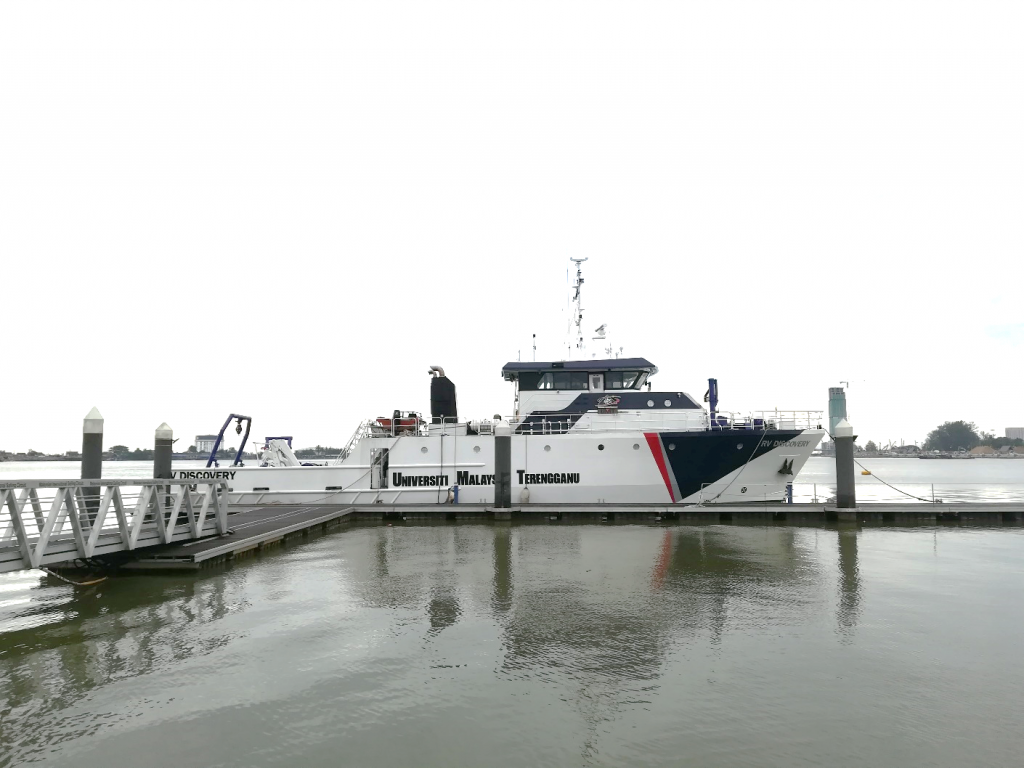 Figure 1: RV (Research Vessel) Discovery of University Malaysia Terengganu, with the length about 35m and maximum speed 13.6 knot.
Figure 1: RV (Research Vessel) Discovery of University Malaysia Terengganu, with the length about 35m and maximum speed 13.6 knot.
Moving on to the experience of conducting research, whenever we get the information of daily environment condition at some areas, we the oceanographers get to discover the process occurred in the area first, be it good or bad. Like I said, expect the unexpected. As we know, there are 2 major monsoons in Malaysia named northeast monsoon and southwest monsoon. Some places that we conducted research have significant seasonal variability thus, safety issue must be taken 100% seriously to ensure all the personal and equipment are safe.
Study done by my colleague, Kok Poh Heng has found that the high productivity for fishing is at east coast of Peninsular Malaysia during Southwest monsoon and this has been identified by ‘remote-sensed method which further needs to be validated. Hence, we are the people who’s at the field to discover the dynamical process under the water and do sampling to validate the data. Pretty cool right? No, we do not dive until 50 m depth under water to collect the data but what we do is we used CTD (Conductivity Temperature by Depth) instrument and deployed within hydraulic winch. Besides that, dynamical condition of water is indicated by the current flow and by using our naked eyes, water current flow can be seen when the object is moving. So, do we need to use an object to see the flow of it? Or do we need to dive and just let our body drifted by the water current? The answer is no, we are not going to do that. Instead, we used ADCP to detect the current movement within the particular depth.
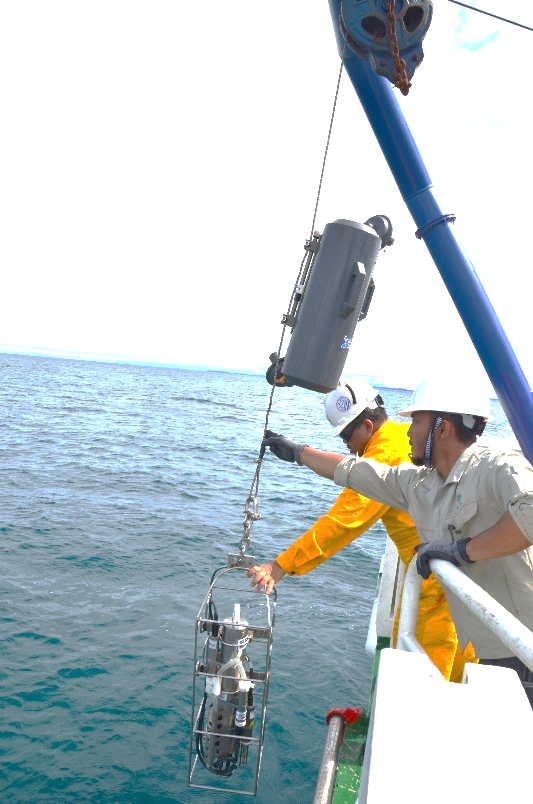 Figure 2: Deployment of CTD (above) usually done simultaneously with Niskin Water Sampler (above)
Figure 2: Deployment of CTD (above) usually done simultaneously with Niskin Water Sampler (above)
 Figure 3: ADCP will be immersed at 1m depth of water for about 15 minutes. After finish the deployment, it will be pulled and hooked at the side of vessel
Figure 3: ADCP will be immersed at 1m depth of water for about 15 minutes. After finish the deployment, it will be pulled and hooked at the side of vessel
If I mentioned plankton, most of the kids will relate it with ‘Spongebob Squarepant’ cartoon. The villain in that well known cartoon. Plankton is actually microorganisms that float and drift by water current. There are two types of plankton which are phytoplankton and zooplankton. In general, phytoplankton falls under plant while zooplankton falls under animal which they are micro size in ocean ecosystem. The reason why we studied this microorganism is because it is beneficial for us to predict the huge effect. The study on plankton abundance is very important to predict the climate change and fish productivity. Other than plankton, the study on microplastic also is done by my colleague, Nur Syafinaz Ameera . The microplastic study is a new thing in Southern South China Sea and hopefully it will caused a huge impact to raise a big concern to the public towards this issue. The database for plankton identification is already in our possession but not for microplastic. Thus, this study is not simple to do. Laboratory analysis for microplastic needs critical attention as we need to trace things from smaller size particle until to its original form.
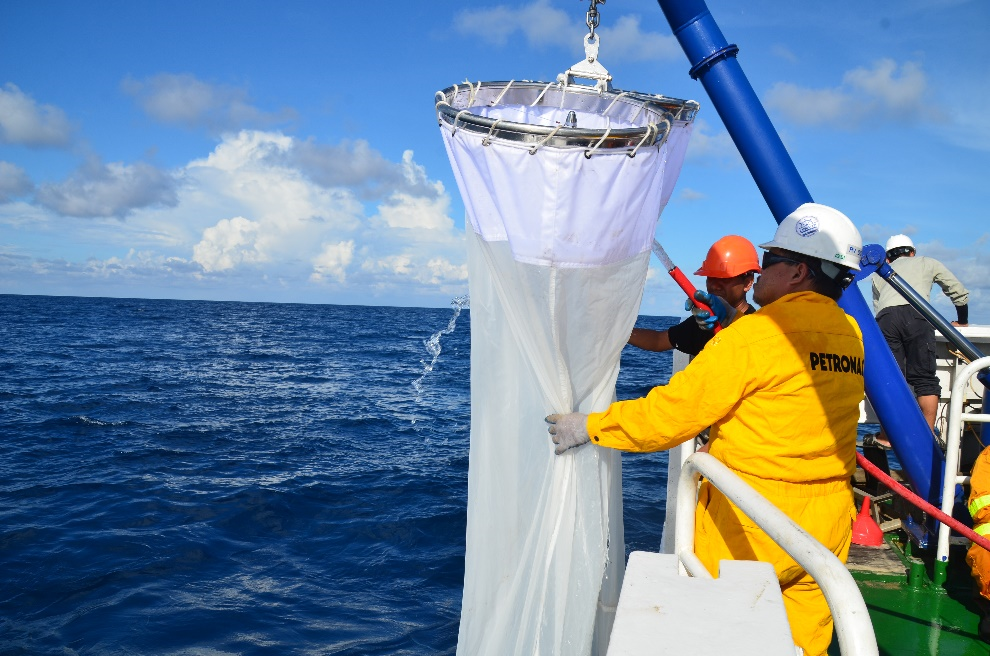 Figure 4: Bongo net will be towed at surface for 10 minutes, with the drift speed at 3 knot. Bongo net will be rinsed with sea water after tow. This done to ensure all the particle needed is filled inside the bucket
Figure 4: Bongo net will be towed at surface for 10 minutes, with the drift speed at 3 knot. Bongo net will be rinsed with sea water after tow. This done to ensure all the particle needed is filled inside the bucket
However, marine pollution is a big problem in our ocean nowadays. People always simplify pollution with trashes on sea such as plastic bags, straw, and other non-disposable matter. Yes, it is true but do we know about silent pollution on sea? I am talking about the chemical content that contributes to marine pollution. We need to increase awareness in public about ‘heavy metal’. Just like inside our food that contains nutritional fact with specified amount, our oceans too have specific preference due to heavy metal to indicate whether the ocean is at a good level or at a polluted level.
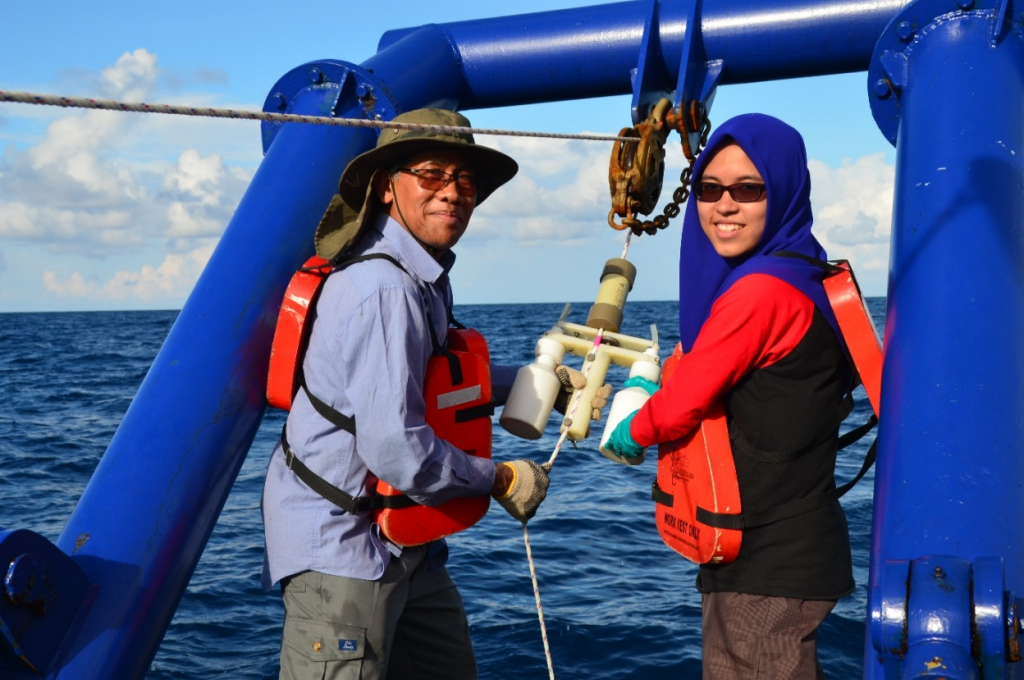 Figure 5: Prof Emmeritus Dr Noor Azhar (left) and his student, Ain (right) are the person in charge for heavy metal study. For heavy metal sampling in water, Mercos Water Sampler is used with aided of messenger to trigger the bottle to close.
Figure 5: Prof Emmeritus Dr Noor Azhar (left) and his student, Ain (right) are the person in charge for heavy metal study. For heavy metal sampling in water, Mercos Water Sampler is used with aided of messenger to trigger the bottle to close.
During my last cruise, I remember the weather is so harsh which forced us to retreat. In a battlefield, a soldier still has to go to war even if he’s sick and we too have to do the same. Effort is what counted most at that time. Whether the weather is on our side or not, we still have to give our best to get the job done. Teamwork is the key of success in doing any activities. We cannot just focus on our own part during on board, instead we need to be concerned of others too. If anyone of us is down, someone should be there to raise that person’s spirit again. So, these are some of my experiences during the cruise. I never regret what I already involved in. I never doubt my faith to contribute in this line of field and I am really grateful as I found something new to explore. I hold to these words from my lecturer, “rather than we spent a billion of money to explore the space, why don’t we explore our deep-wide ocean that contained millions of mysteries?” Joining the cruise especially during peak monsoon season has trained us to be extra careful and a risk-taker. Last but not least, I have an advice for the person out there who wish to join the expedition on RV Discovery. Remember, RV Discovery will give you a new experience on physique and mental strength. In order to gain a strong physique, you have to gain a strong mental first. Always bear that in mind. In conclusion, I just want to say that I really enjoy my job now!
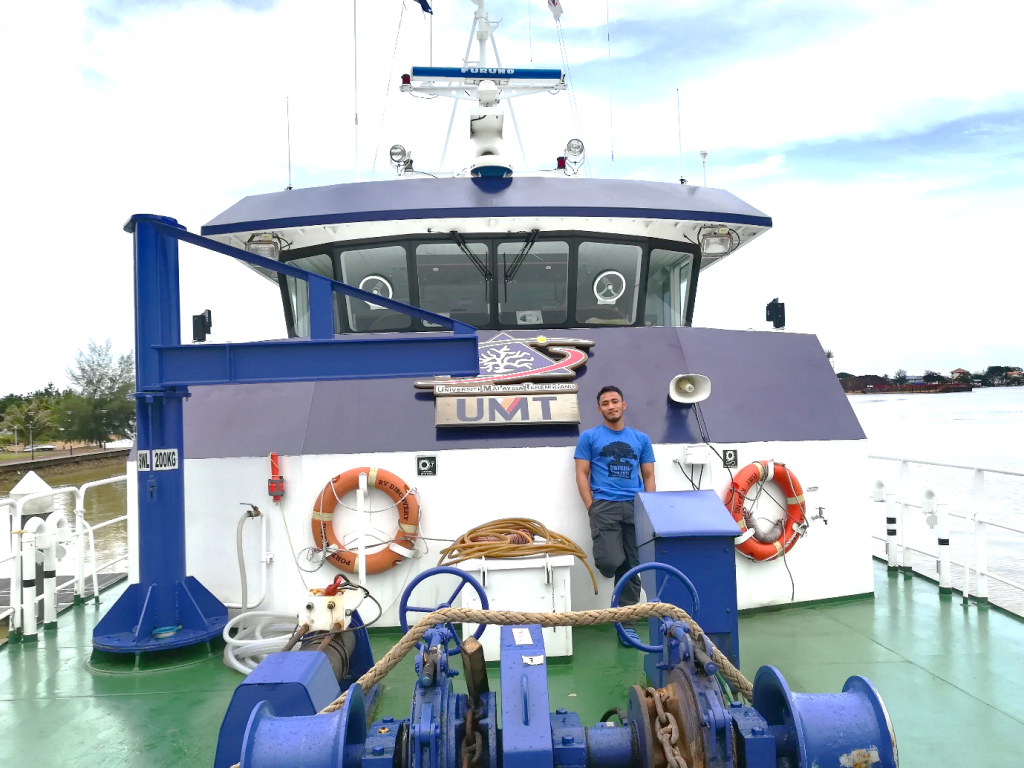 Figure 6: RV Discovery is the pride of UMT. I am proud to be on board
Figure 6: RV Discovery is the pride of UMT. I am proud to be on board
There are several tips during on board
- Prepare the medicine
- Put on your safety hat and safety boots during on deck
- Always eat
- Don’t hold your vomit. Just throw up
- Avoid fried food.
- Enjoy the scenery of wide blue oceans


